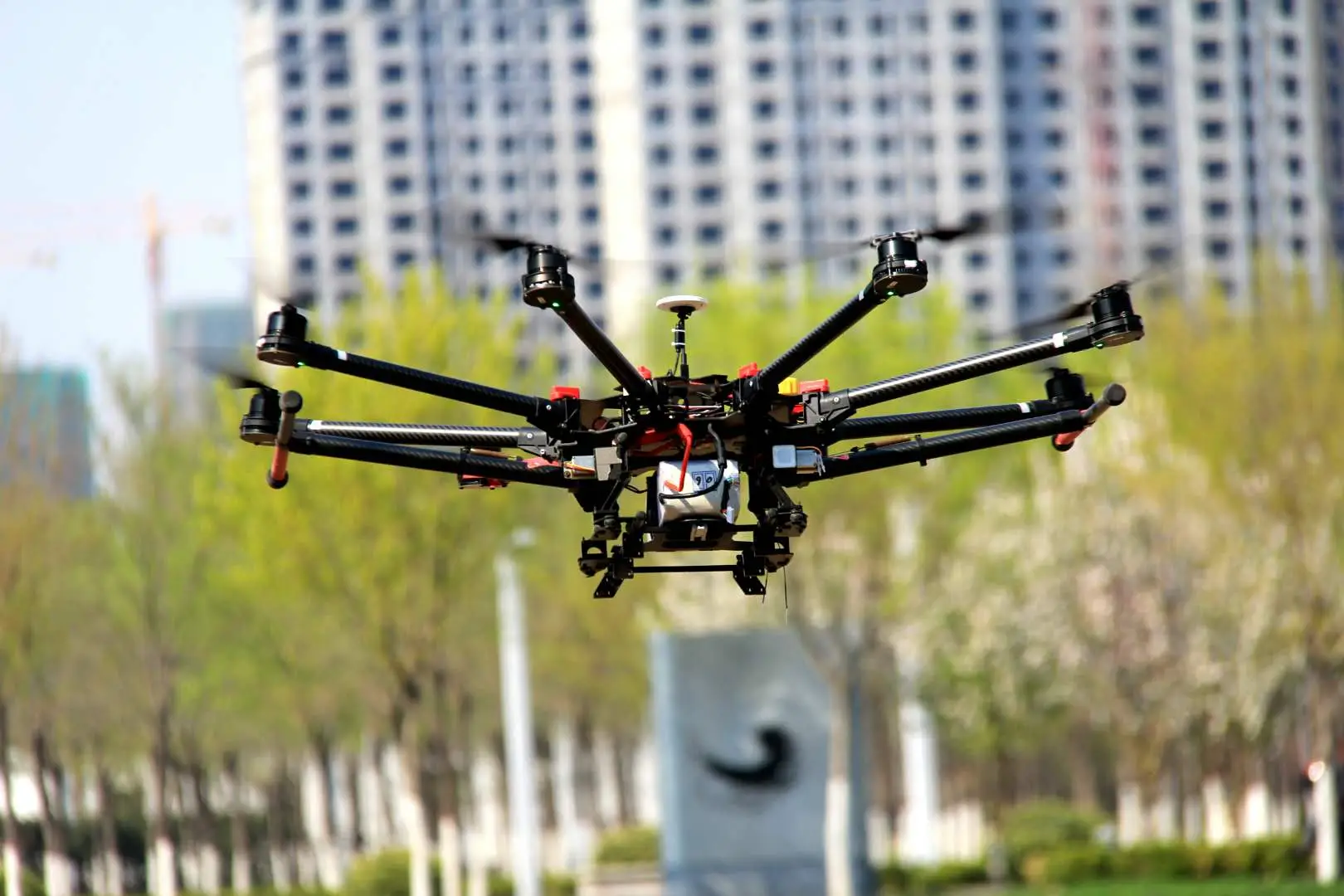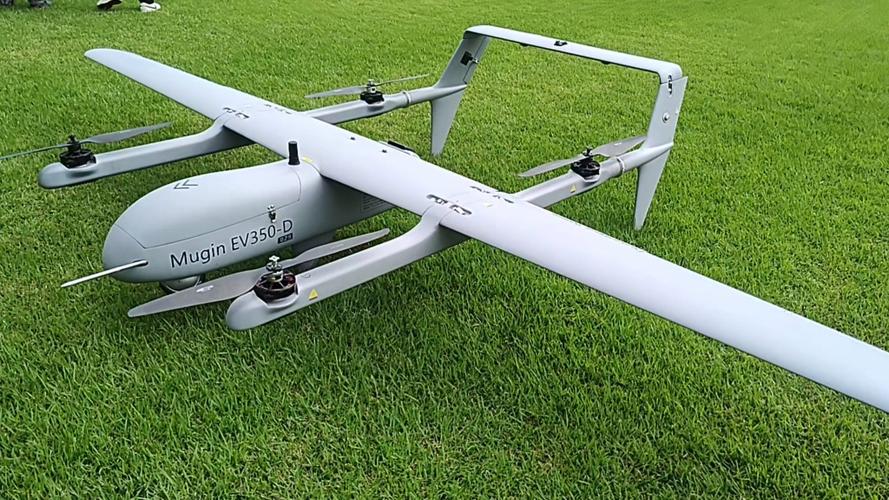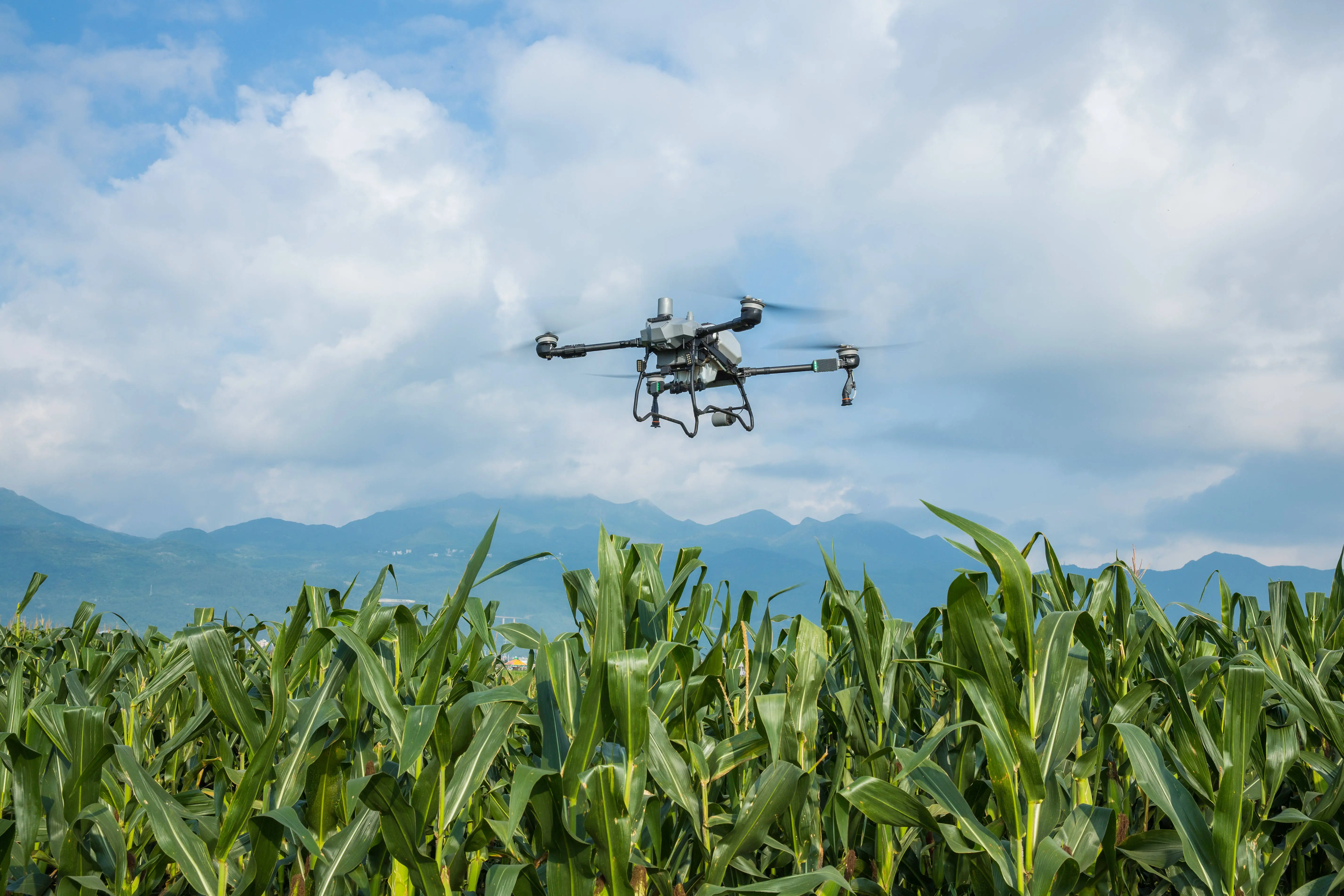Amazon Patent: Drones Automatically Decompose in Air to Prevent Greater Damage

The most worrying thing in the process of drone delivery is that if there is a malfunction halfway through, the most likely consequence is falling from the air to the ground and causing damage. The ultimate goal of Amazon's solution to this problem is to ensure the safe landing of the drone. This week, Amazon passed a patent for "drone fragmentation disintegration". In other words, once there is a problem with the delivery drone, the various parts of the drone will be separated in the air.
The patent introduces that in the event of a serious malfunction, the drone will analyze the cause of the malfunction through a built-in "fragment controller", such as battery or thruster failure. Then the computer will estimate the drone's flight path, weather, and surrounding environment, and initiate the 'fragmentation program'. During this process, the drone will slowly disintegrate its various parts in the air.
Although it may not sound 100% safe, if it were to crash anyway, the damage caused by a small disintegration and falling to the ground would definitely be much smaller than the overall high-speed impact on the ground. According to the patent image, we can see that a drone gradually scatters various components on the ground and lake surface throughout the entire process, and finally the main body safely lands on the tree canopy.
During the decomposition process, one or more components of the drone will be gradually released, with changes in weight, speed, air resistance coefficient, and other influencing factors. According to the patent introduction, the entire decomposition process will be carried out using different methods such as hooks, springs, or micro explosions depending on the cost of the components.
Of course, like any patent, Amazon is still in the exploratory stage in this regard and does not guarantee that it will be transformed into real technology. In the past, Amazon has applied for many related patents, including installing parachutes on drones, drone delivery stations in big cities, and carrying drones like flying kites. Even though Amazon is actively translating these patents into reality, it still needs approval from government regulatory agencies.
In the real world, Amazon's drone delivery plan faces more challenges, such as building a flight control tower that can handle multiple drones simultaneously, or convincing users that using drones for delivery can bring greater economic value. At present, drone delivery has just begun to be applied in some fields, such as transporting blood and medical samples.





